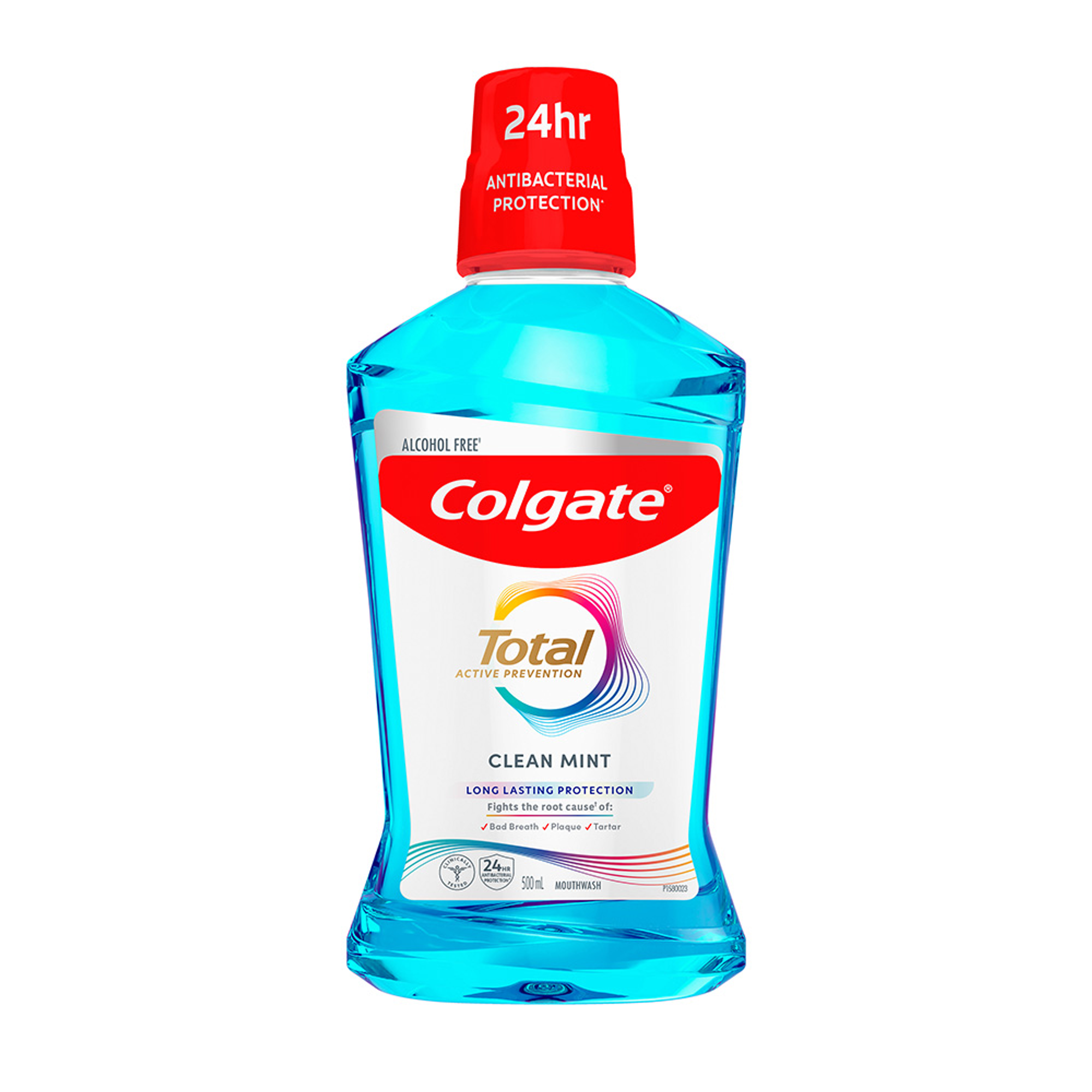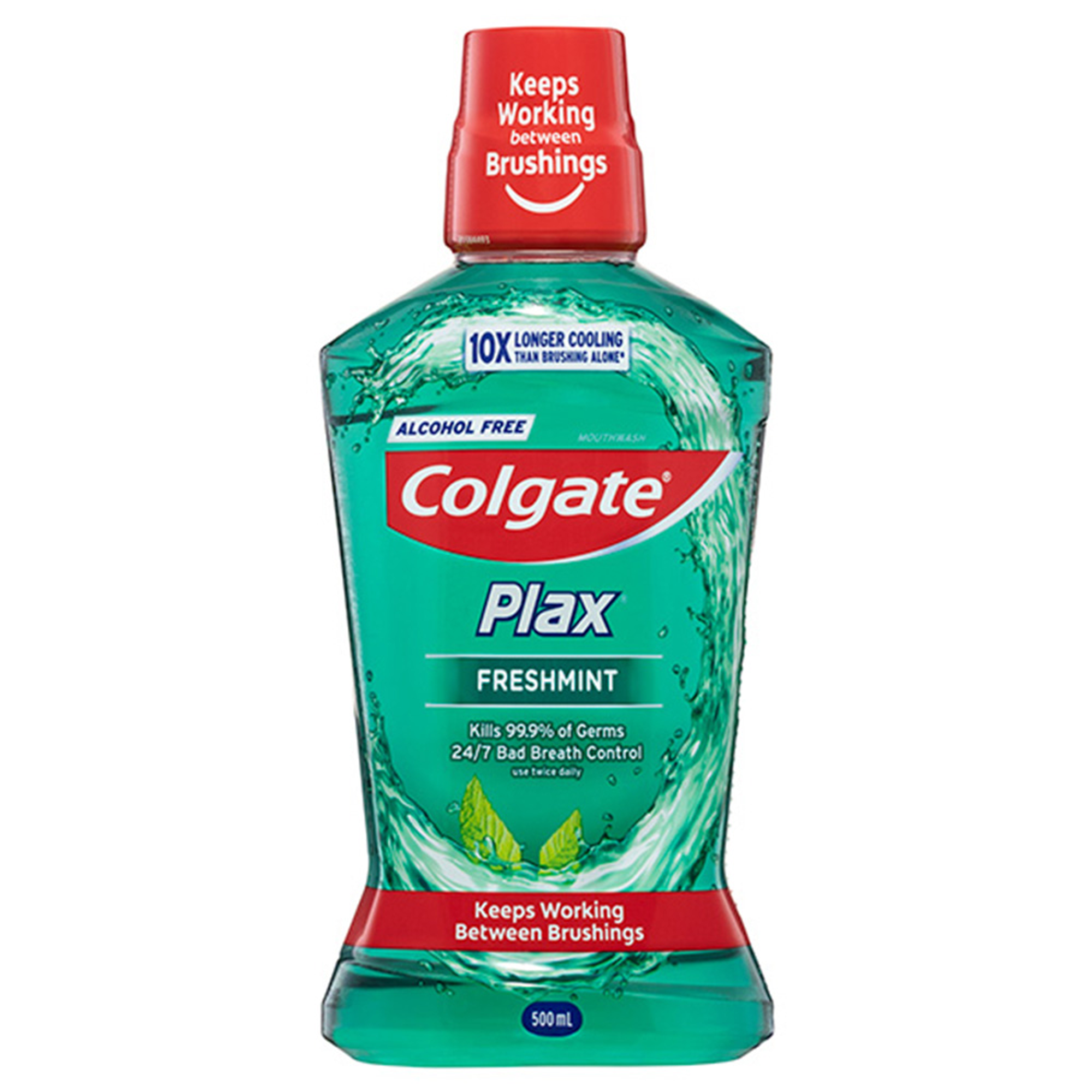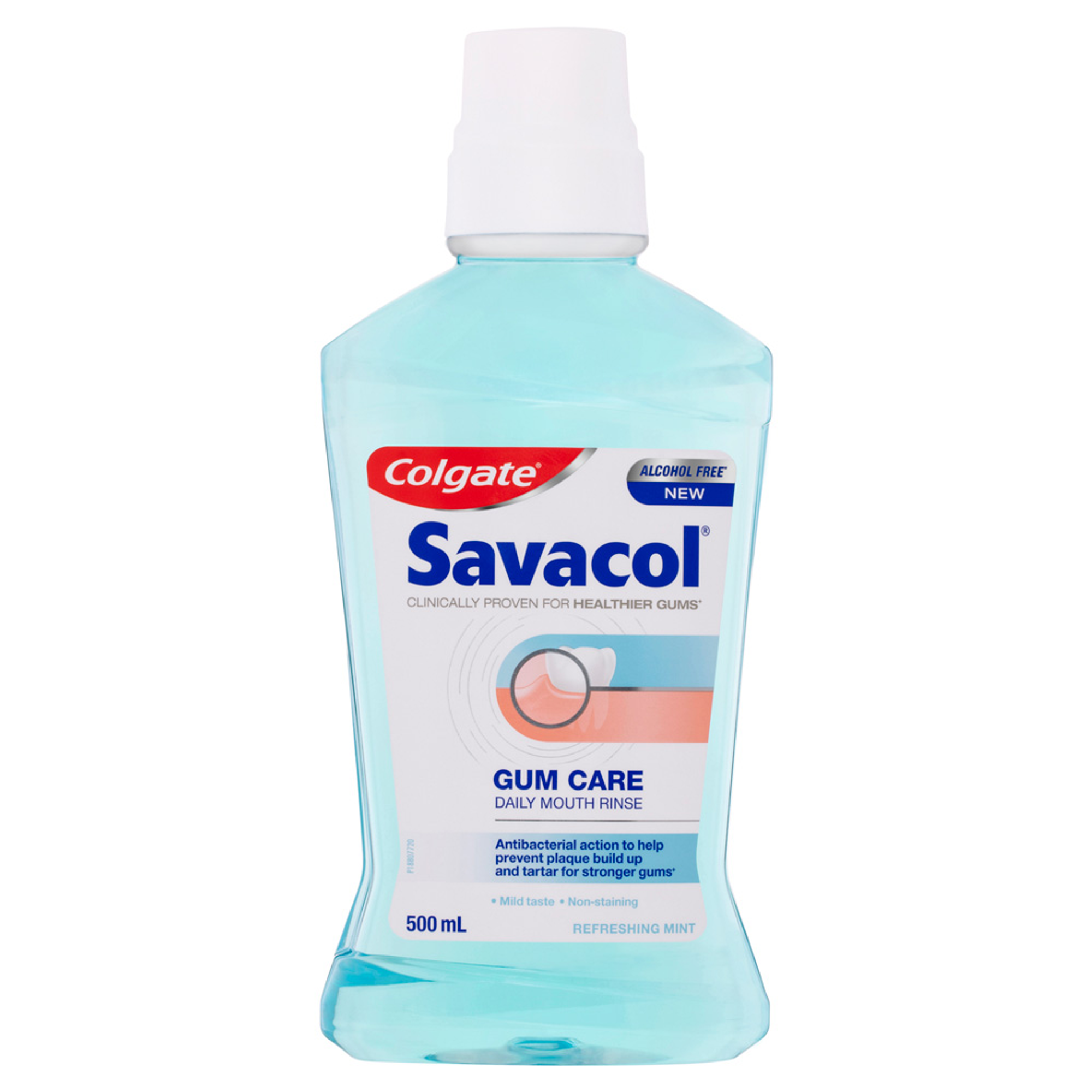
Patients with special needs are classified as all individuals who present physical, sensory, mental, developmental, medical or cognitive limitations, and who require special consideration when receiving dental treatment. The scope is broad considering the range of cases that may fit under these categories. These conditions necessitate special dental treatment plans, medical management and use of specialised programs or services to prevent or treat oral health problems.
Dental health professionals need to be prepared to accommodate patients with special needs, such as patients with:
Behavioural Disorders: anxiety, attention deficit hyperactivity disorder (ADHD), autism spectrum disorder (ASD)
Developmental conditions: cerebral palsy, down syndrome, blindness
Intellectual disabilities: fetal alcohol spectrum disorders (FASD).
Physical: cleft lip and palate, hearing disorders, paraplegia, quadriplegia, vision impairment
Learning Disabilities
Sensory Processing Disorder
Traumatic Brain Injury
Complex medical histories: cancer, organ failure, cardiac concerns or compromised immune system
Patients with special needs may exhibit poor oral hygiene due to difficulty in performing self-care, effects of medications and/or medical condition(s) which may cause negative oral health side effects. Poor plaque control can lead to a high prevalence of dental caries and periodontal disease.
Approach to care
When planning care for special needs patients the whole dental care journey must be considered and carefully planned from initial presentation to home care, to everything in between such as time of day and length of appointments, physical access into the clinic, need for a carer, scheduled breaks during treatment and removal of mask when communicating (e.g. if patient lip reads). Moreover, performing a thorough medical/dental history in consultation with physicians, dental team, social workers and caregivers is essential. Things that may require consideration before the appointment are antibiotic cover, use of local anaesthetics and possible sedation, timing of dental treatment during chemotherapy, haemoglobin levels and international normalised ratios, for instance.
During treatment modifications can be made to make the patient feel more comfortable, for example, protective and stabilising techniques such as holding head or hand, supportive pillows or pads and a mouth prop. Treatment may also be carried out in a wheelchair if the patient is unable to transfer to a dental chair. A dental environment may trigger stress and/or anxiety therefore using the tell-show-do technique, or soothing and distracting techniques are useful. Post-treatment, the continuation of care and improving long term oral health outcomes are equally important. To achieve these oral health goals the patient and family need the appropriate resources and support. Oral health care teams should embrace an interdisciplinary and inter-professional approach to care when treating this patient cohort, such as working with allied health services, medical teams, social services and community support services. The support can make a difference to accessing oral health services for the patient.
Homecare and preventative treatment
Hygienists can help improve the effectiveness of homecare through improved oral hygiene regimens. Modifications can be suggested for toothbrushes and interdental cleaning devices.
Use of an electric toothbrush is recommended with a wide handle grip. The addition of bicycle grips, tennis balls or soft plastic to toothbrush handles can aid in manipulation of the brush.
An extender (ruler, rod or wooden sticks) can be taped to the handle of a toothbrush to provide assistance for patients with a limited range of motion
Floss holders or water flossers are helpful for patients with limited dexterity for interdental cleaning
Caregivers should also receive education on the importance of oral health, the oral/systemic link, optimal nutrition with a non-cariogenic diet and oral hygiene techniques so they can help patients maintain their oral health. Resources and support should be provided for this purpose
Setting a shorter recall may be useful to carry out preventive measures in a timely way
Preventative measures may include: fluoride varnish, high fluoride toothpaste, non-SLS toothpaste, fluoridated mouthrinse
Appropriate and timely referrals are important
Singh, N. (2019). Providing Care to Patients With Special Needs. The Journal of Professional Excellence. Retrieved from, https://dimensionsofdentalhygiene.com/article/caring-%E2%80%A8for-patients-with-special-needs/
Mandasari M., Rahmayanti, F., Derbi, H., & Wimardhani, Y. S. (2021). Special care dentistry perception among dentists in Jakarta: An online survey study. PloS one, 16(4). https://doi.org/10.1371/journal.pone.0249727
American Academy of Pediatric Dentistry. (2021). Management of dental patients with special health care needs. The Reference Manual of Pediatric Dentistry.
Christine Murthi is an Oral Health Therapist graduated from Auckland University of Technology. Prior to this she obtained qualifications in pharmacology and secondary teaching from the University of Auckland. She has teaching/tutoring experience spanning more than ten years. Through this teaching experience combined with her diverse cultural background she has developed a passion for promoting diversity in clinical practice, overcoming communication barriers and connecting with the community. As a member of the Colgate Advocates for Oral Health: Editorial Community, her contributions to the dental community aim to promote good oral health for all and keeping a healthy smile for life.
Join us
Get resources, products and helpful information to give your patients a healthier future.
Join us
Get resources, products and helpful information to give your patients a healthier future.











